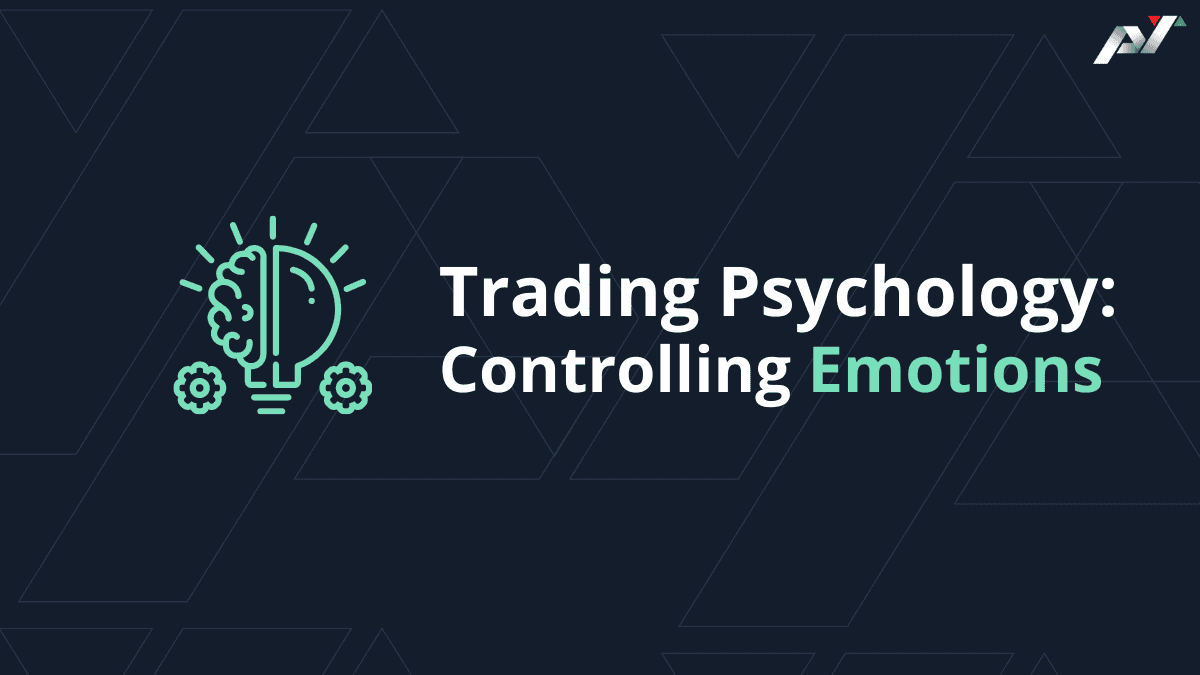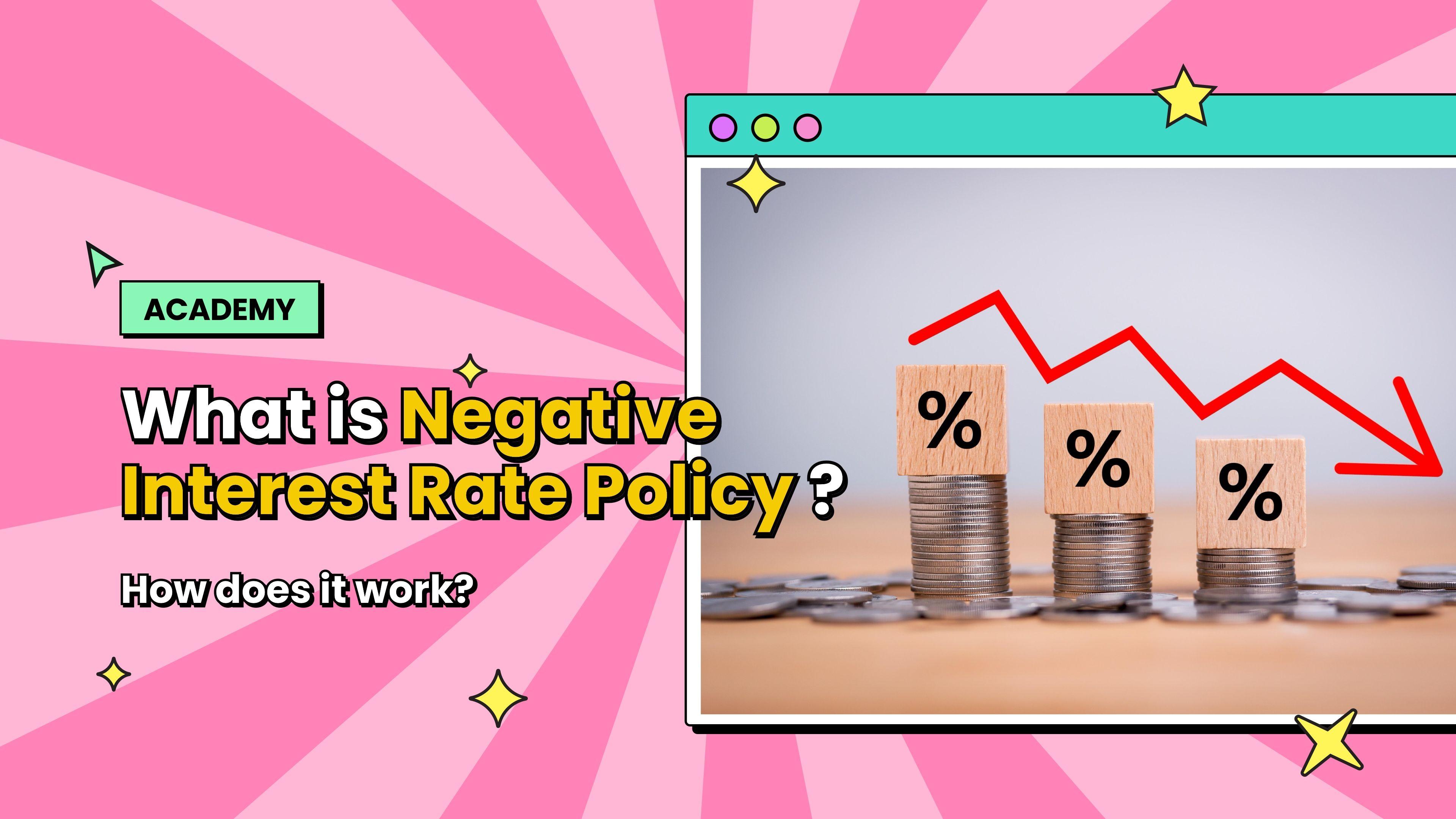Trading Psychology: Controlling Emotions






To master the markets, forex traders need to develop a variety of skills such as evaluating fundamentals, conducting technical analysis, identifying trade ideas, forming trading plans, risk management, and keeping emotions in check. The emotional component of trading belongs to the field of trading psychology.
Traders are required to keep control over their emotions so that they are able to execute carefully crafted trading strategies without compromising themselves as financial markets move in unexpected ways. Low discipline levels lead traders to abandon plans and make irrational moves going beyond their own acceptable risk/reward ratios.
It may sound easy, but even experienced forex traders still find it challenging to control their emotions and keep fear and greed at bay.
Emotions that get in the way of sound trading
Fear is an emotion every trader is familiar with and is a common culprit that leads traders to make the wrong decisions. Fear can work both ways: after a decent rally, fear of the correction can cause a trader to close a position pre-emptively, or during a sudden dip fear can take over leading to the same decision to close the trade too soon.
When you find yourself going well beyond previously established risk/reward ratio, there’s a good chance you’re letting greed take control over your trading strategy. Driven by greed, traders only look for trades that could be outsized winners compared to gains made previously. With higher potential rewards come higher risks, increasing the chances of wiping out the gains carefully accumulated before greed took over.
The cousin of greed, overconfidence has little place in trading financial markets. A well-executed trading strategy that has served you well is no reason to stop being careful. Overconfidence will only lead to placing larger trades, going for increasingly bigger wins, and risking increasingly bigger losses.
Impatience is another feeling you need keep away from. It can take time for trading strategies to play out, so you need keep a steady hand and wait for the right moment to make your moves. A common expression in the trading community is “trading should be more like watching paint dry, if you want excitement you should go to the casino.”
How to control your emotions
Staying in full control of your emotions is reserved for only a very few highly disciplined traders. For everyone else, the best thing to do is simply to reduce the effect emotions can have over your trading game by putting rules and plans in place well before you take a position.
1: Lower trade size
Lowering your trade size is the simplest way to reduce the emotional intensity of individual trades. By setting a rule for yourself where you never trade over a certain percentage of your account’s value in a single trade, you lower the gravity of each individual trade and instead spread that out over several positions. Keeping fear at bay is a lot easier to do when you don’t put all your eggs in basket.
2: Take profit and stop loss orders
Before you enter a trade, calculate carefully what you are willing to lose if the market moves against you. With those boundaries defined, within your own established risk/reward ratio, you can enter take profit and stop loss orders as you place the trade. Doing this ahead of time removes you from having to keep a close eye on the market and making rash decisions if the price doesn’t move in your favour. Since you have already defined levels of maximum loss you are willing to accept, and when you plan to take profit, all you need to do now is let the scenario play itself out. Since trading with leverage can amplify both gains and losses significantly, many CFD traders set pre-defined take profit and stop loss orders as they place trades.
3: Stick your trading strategy
Don’t let a few wins convince you to increase the stakes and risk more capital than you initially set out to do. Sticking to your trading strategy is essential, especially considering it can take time for a trading idea to be validated or invalidated. If you break away from your trading plan you will lose sight over the validity of the strategy you started out with. Then when you do incur losses, it’s most likely you’ll end up switching trading strategies again, entering trades in an erratic and haphazard fashion as you chase down losses. Only change your trading strategy when market conditions change, not just because you had a few successful or unsuccessful trades.
4: Losing is part of the trading game
You can’t win every trade, and that shouldn’t be your aim. Losses are simply part of trading financial markets. This goes beyond knowing when to cut losses short on a losing trade, but rather embracing the idea that some days, or longer periods, you end up trading in the red. In fact, most traders suffer losses like this. It’s only the better ones that win 6 out of 10 times. Insisting on making gains every single time only makes you anxious when the market moves against you, and that’s when plans are ditched and risks are increased.
Learning what works best for you
Of course, these aren’t all hard and fast rules. You need to set the right guidelines and rules for yourself, depending on your trading style, character, risk appetite, and financial goals. Download the Pocket Trader mobile app to find out what trading style works best for you using the Demo Account. You will be able to trade real financial markets using virtual money, to test out different approaches before you commit to using real money.
On the Pocket Trader platform, you’ll be connected to the wider trading community to learn from more experienced traders how to find your trading style, develop trading plans and identify opportunities in the markets. Discussing ideas in real time and delving into technical analysis is how the community on Pocket Trader can help you lift your trading game.


